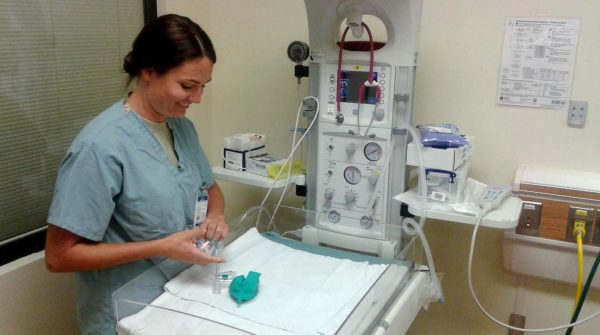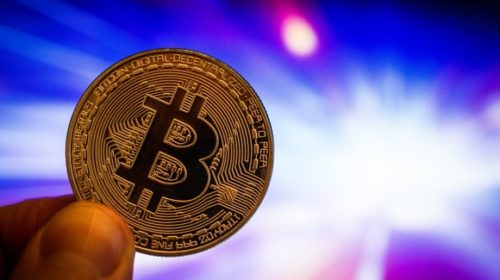Non-Invasive Data Acquisition and Measurement- A Paradigm Shift
Non-invasive medical measurements have expanded into several types of diagnostic and monitoring activities in health care delivery. They are being used in handling a number of non-infectious diseases such as diabetes, asthma, hypertension, congestive heart failure, cardiac arrhythmia, etc., as well as infectious diseases such as cholera, malaria, etc.. Non-Invasive Medical Devices (NIMDs) are naturally preferred over invasive methods considering patient convenience, reduced patient risk, increased speed, and operational simplicity. Over the last decade, technological advances and mathematical techniques have improved greatly, challenging this perception across the board, from complex measurements such as a magnetic-resonance-imaging (MRI) or a simple arm-cuff based blood pressure recording. Adopting advances in electronic communication and computing, these important developments have been able to decouple the acquisition, processing, analysis, reporting and archival aspects of medical measurements, which were earlier all packed into a single box. This has enabled significant reduction of cost and enlarged the reach of medical care for early detection and prevention of diseases. This is particularly important since delay in detection and intervention can increase health care costs and worsen clinical outcomes.
Underlying the sensing, processing and presentation technologies is a notable adoption of advanced computing and communication methods which were simply not available on a large scale a decade ago. Owing to these developments, it has become possible to shift a large portion of processing that used analog hardware into equivalent software implementation of the same functionalities. This not only enables the system more environmentally stable, repeatable and flexible but also makes patient-end equipment affordable by containing only the technology to acquire sensory data and relay patient data to a remote processing center, which host software that can handle the processing, storage and distribution of data. At the remote processing center, data from thousands of patients can be processed together on common computing platforms, thereby reducing cost of the robust backend infrastructure, through aggregation of demand. Earlier, the medical equipment in use directly displayed results mandating physical proximity of the patient, doctor/nurse and the equipment to each other in order to measure and check the results. This is no longer required with the advent of the processing center, since the results can be transmitted to wherever the doctor/nurse/patient is available and presented to them on low cost computers and mobile phones. This is a major leap in enabling continuum of care from the hospital to the home of the patient, coupled with convenience and cost saving. This has allowed many patients to self-manage their own routine measurements and report automatically to the care taker. Over all the change seems to be in three major aspects – the shift from hardware implementations to their software equivalents, the shift from all-in-one boxed solutions to function-specific modularity, and shift from individual processing systems to aggregated computing. Several innovative methods have been in discussion of bio-medical sensing, processing and presentation that may be used in transitioning from hospital to home based tele-diagnostics and monitoring. The discussion has also provided further insight into some of the currently available non-invasive measurement products and explore how futuristic techniques and technology trends which have great potential to transform healthcare into a significantly different paradigm than the one we experience today.
Published Originally by the same author
Arjun is a Full-stack developer, who is fond of the web. Lives in Chikmagalur, Karnataka, India




